Auroop R Ganguly
DeepSD: Generating High Resolution Climate Change Projections through Single Image Super-Resolution
Mar 09, 2017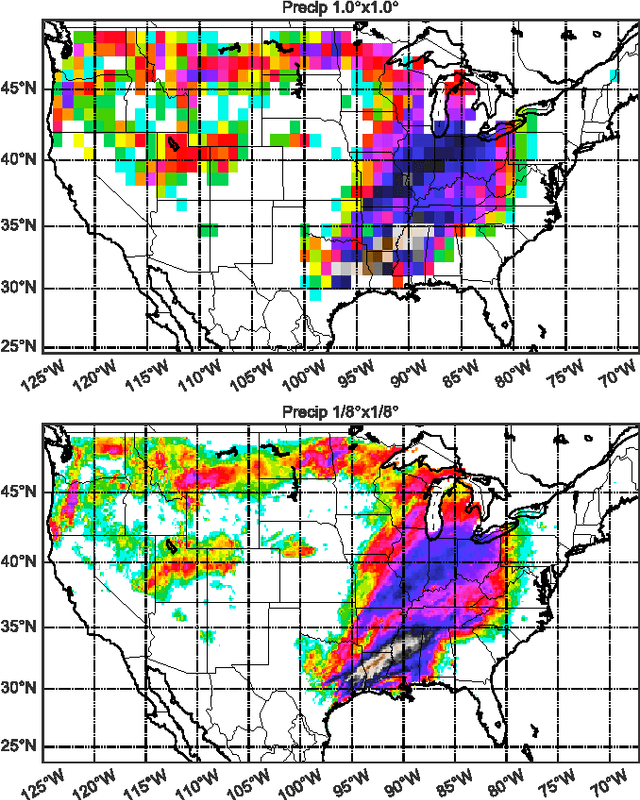
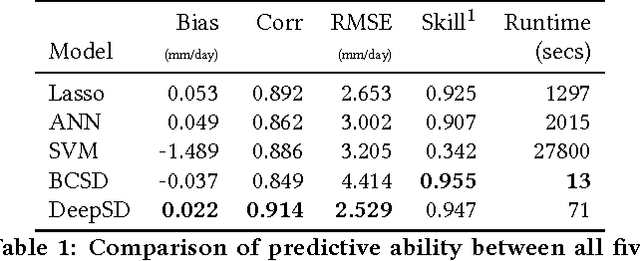
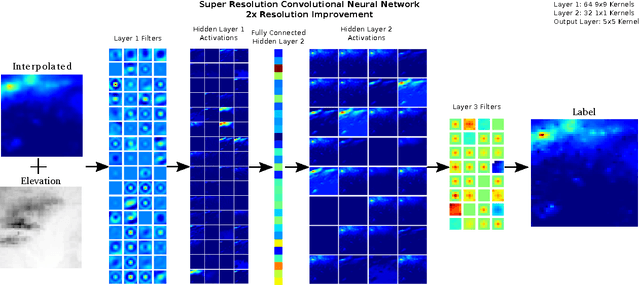
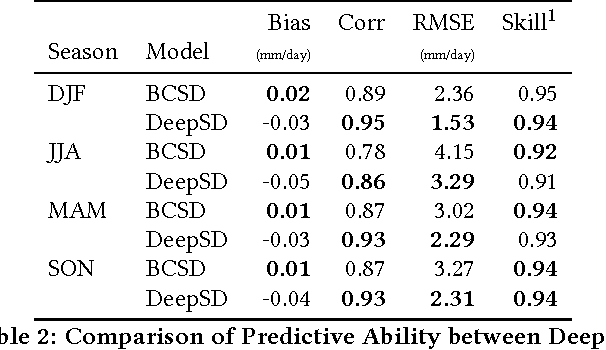
Abstract:The impacts of climate change are felt by most critical systems, such as infrastructure, ecological systems, and power-plants. However, contemporary Earth System Models (ESM) are run at spatial resolutions too coarse for assessing effects this localized. Local scale projections can be obtained using statistical downscaling, a technique which uses historical climate observations to learn a low-resolution to high-resolution mapping. Depending on statistical modeling choices, downscaled projections have been shown to vary significantly terms of accuracy and reliability. The spatio-temporal nature of the climate system motivates the adaptation of super-resolution image processing techniques to statistical downscaling. In our work, we present DeepSD, a generalized stacked super resolution convolutional neural network (SRCNN) framework for statistical downscaling of climate variables. DeepSD augments SRCNN with multi-scale input channels to maximize predictability in statistical downscaling. We provide a comparison with Bias Correction Spatial Disaggregation as well as three Automated-Statistical Downscaling approaches in downscaling daily precipitation from 1 degree (~100km) to 1/8 degrees (~12.5km) over the Continental United States. Furthermore, a framework using the NASA Earth Exchange (NEX) platform is discussed for downscaling more than 20 ESM models with multiple emission scenarios.
Intercomparison of Machine Learning Methods for Statistical Downscaling: The Case of Daily and Extreme Precipitation
Feb 13, 2017
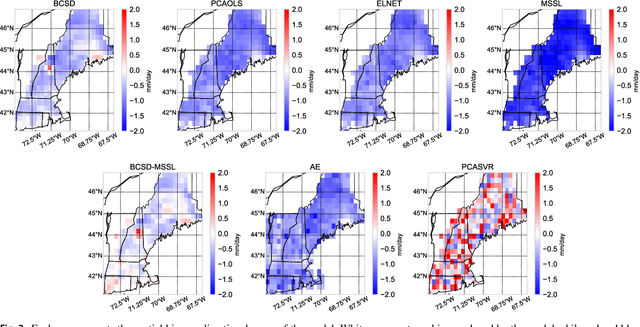
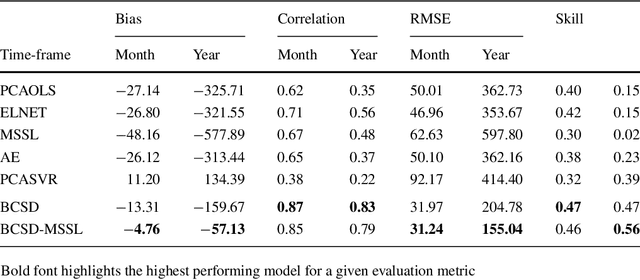
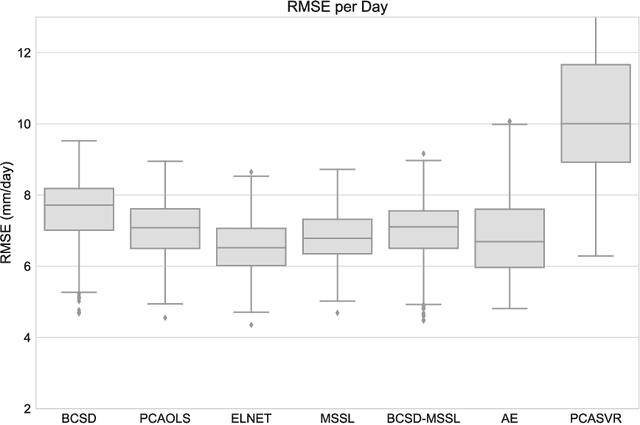
Abstract:Statistical downscaling of global climate models (GCMs) allows researchers to study local climate change effects decades into the future. A wide range of statistical models have been applied to downscaling GCMs but recent advances in machine learning have not been explored. In this paper, we compare four fundamental statistical methods, Bias Correction Spatial Disaggregation (BCSD), Ordinary Least Squares, Elastic-Net, and Support Vector Machine, with three more advanced machine learning methods, Multi-task Sparse Structure Learning (MSSL), BCSD coupled with MSSL, and Convolutional Neural Networks to downscale daily precipitation in the Northeast United States. Metrics to evaluate of each method's ability to capture daily anomalies, large scale climate shifts, and extremes are analyzed. We find that linear methods, led by BCSD, consistently outperform non-linear approaches. The direct application of state-of-the-art machine learning methods to statistical downscaling does not provide improvements over simpler, longstanding approaches.
 Add to Chrome
Add to Chrome Add to Firefox
Add to Firefox Add to Edge
Add to Edge